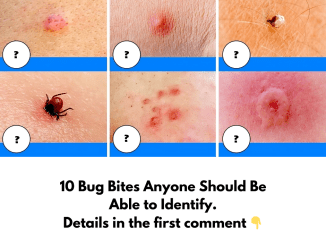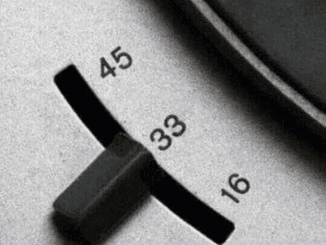When it comes to visual puzzles, finding the differences between two seemingly identical images is always a fun challenge. Today, we’re putting your observation skills to the test with a playful comparison between two adorable dogs. At first glance, these pups might look exactly the same, but there are three subtle differences that set them apart. Ready to dive in and find them?

The Nose Knows: A Subtle but Key Difference
The first difference between these two dogs lies in their noses. While they may share the same cute expressions and floppy ears, a closer look reveals a subtle distinction in their snouts. One dog has a slightly different nose shape or color than the other. It’s a small change, but it’s one that keen observers will spot right away. So, when you’re comparing these two furry friends, make sure to pay attention to their noses—it’s the first clue that sets them apart.
The Mysterious Black Spot on the Hind Leg
Moving down to the dogs’ legs, you’ll find the second difference: a black spot on the hind leg of one dog that the other doesn’t have. This mark might be easy to miss if you’re not paying close attention, but it’s a clear indicator that these two pups aren’t entirely identical. The spot is unique to one of the dogs, adding a little extra character to its appearance. If you’ve been stumped so far, this is the detail that might just help you crack the puzzle.
Counting the Dots: A Collar Conundrum
Finally, let’s take a look at the dogs’ collars. Both dogs are sporting stylish collars, but if you count the dots on each, you’ll notice that there’s a difference in the number of dots. One collar has a few more dots than the other, making this the third and final difference between the two. It’s a tricky one, especially since collars are often overlooked when focusing on more obvious features like faces or fur. But in this case, the number of dots on the collar is a crucial detail that separates the dogs.
Why These Differences Matter
You might be wondering, why bother with such tiny details? In puzzles like these, spotting differences isn’t just about having sharp eyesight—it’s also about training your brain to notice subtle changes and patterns. This kind of exercise can enhance your attention to detail, which is a valuable skill in many areas of life. Whether you’re proofreading a document, assembling a piece of furniture, or even navigating social interactions, the ability to pick up on small differences can make a big impact.
Tips for Spotting Differences in Visual Puzzles
If you found this puzzle challenging, don’t worry—there are plenty of strategies you can use to improve your skills. Here are a few tips to help you spot differences more easily in future puzzles:
- Take Your Time: Don’t rush. Give yourself enough time to really examine each part of the image.
- Work in Sections: Instead of looking at the whole picture at once, divide it into sections and compare each part individually.
- Use a Checklist: Mentally or physically list the areas you need to compare—like noses, legs, collars, etc.—and check them off as you go.
- Look for Patterns: Differences often hide in patterns, so focus on repetitive elements like spots, stripes, or shapes.
- Zoom In: If you’re looking at the puzzle on a screen, try zooming in to get a closer look at the details.
Conclusion: Did You Spot All Three Differences?
So, did you manage to find all three differences between these two dogs? To recap: the differences were in the nose, the black spot on the hind leg, and the number of dots on the collar. Each of these details may seem small, but together they create a fun and engaging challenge that tests your powers of observation.
Whether you spotted them right away or needed a bit more time, the important thing is that you enjoyed the process. Visual puzzles like this one are a great way to keep your mind sharp and your attention to detail honed. So, the next time you encounter a similar challenge, you’ll be ready to spot even the most elusive differences with ease!


